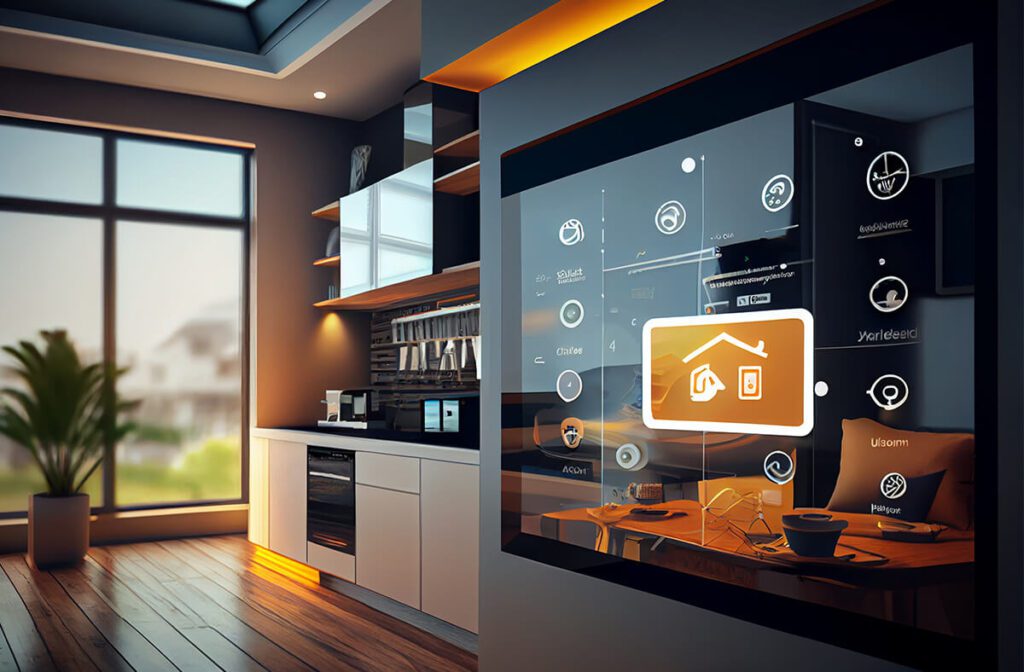The Internet of Things (IoT) has evolved from smart homes to smart cities, connecting devices and enabling them to communicate and share data. Smart homes use IoT devices to automate functions like temperature control and security, while smart cities optimize urban infrastructure with sensors and connected devices for better resource management. Key features include smart thermostats and traffic management systems. Smart homes offer convenience, energy efficiency, and security benefits, while smart cities improve public safety, reduce traffic congestion, and enhance environmental sustainability. The evolution of IoT has the potential to transform the way we live and work, making our homes and cities smarter, more efficient, and more sustainable.
The Evolution of IoT: From Smart Homes to Smart Cities
Introduction
The Internet of Things (IoT) has grown rapidly in recent years, connecting devices and enabling them to communicate and share data with each other. This has had a transformative impact on a wide range of industries and applications, from consumer electronics to industrial automation. One of the most exciting developments in the evolution of IoT is the emergence of smart homes and smart cities.
Smart Homes: The Beginning
The concept of a “smart home” involves using IoT devices to automate and optimize various functions within a household. This can include everything from controlling the temperature and lighting to managing home security systems and monitoring energy usage. Smart home devices typically communicate with each other and can be controlled remotely through a smartphone or other connected device.
Key Features of Smart Homes
Some of the key features of smart homes include:
- Smart thermostats that can adjust the temperature based on occupancy and weather conditions
- Smart lighting systems that can be controlled remotely and programmed to turn on and off at specific times
- Home security cameras that can be accessed and controlled through a mobile app
- Smart appliances that can automatically reorder supplies or adjust settings based on usage patterns
Benefits of Smart Homes
Smart homes offer a number of benefits, including increased convenience, energy efficiency, and security. By automating various functions within a home, smart devices can help users save time and money, while also reducing their environmental impact.
Smart Cities: The Next Frontier
Building on the success of smart homes, the concept of smart cities leverages IoT technology to improve quality of life for residents and optimize urban infrastructure. Smart cities use sensors and connected devices to collect and analyze data in real-time, enabling more efficient and sustainable management of resources and services.
Key Features of Smart Cities
Some of the key features of smart cities include:
- Traffic management systems that use sensors to monitor and optimize traffic flow
- Smart waste management systems that track waste levels and optimize collection routes
- Public safety systems that use video surveillance and facial recognition technology to enhance security
- Sustainability initiatives that use IoT technology to monitor and reduce energy usage and emissions
Benefits of Smart Cities
Smart cities offer a wide range of benefits, including improved public safety, reduced traffic congestion, and enhanced environmental sustainability. By leveraging IoT technology to optimize urban infrastructure, smart cities are able to deliver better services to residents and businesses while also reducing costs and environmental impact.
Conclusion
The evolution of IoT from smart homes to smart cities represents a significant milestone in the ongoing digital transformation of our world. By connecting devices and enabling them to communicate and share data, IoT technology has the potential to revolutionize the way we live and work, making our homes and cities smarter, more efficient, and more sustainable.
